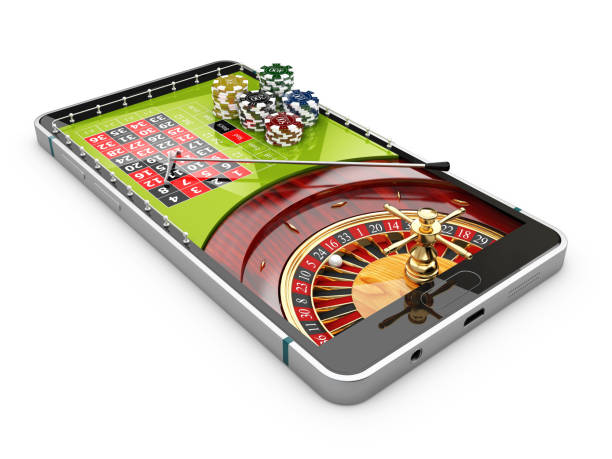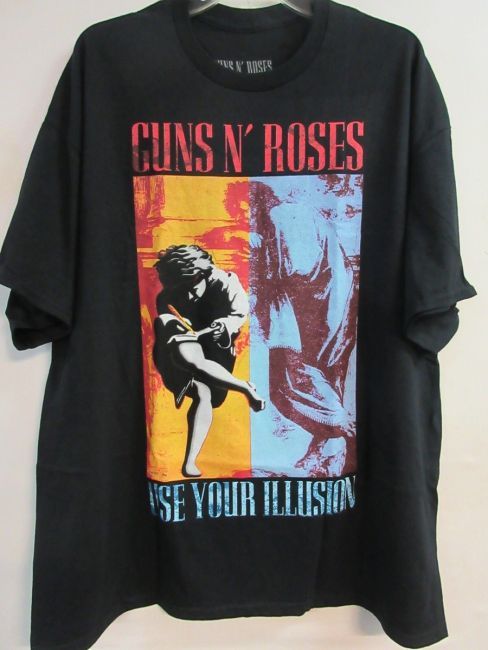Apple’s University Village Apple Store, located in Seattle, reflects the enormous investment that Apple has made in strategic store placements around the world. The success of their retail stores has been a significant contributor to the company’s product launches, including the Mac, iPod, iPhone, and iPad.
The origins of Apple’s retail strategy date back to 1997, when Steve Jobs, the then-CEO of Apple Computer, initiated the task of addressing the struggling company’s need for retail improvements. After hiring a seasoned retailer, Apple Retail began to develop and implement new ideas for introducing products to customers, offering customer support, and showcasing third-party software and accessories.
While initial responses to Apple’s retail strategy were skeptical, Apple succeeded where others had failed, such as Gateway 2000 and Sony. On the other hand, Microsoft made several attempts at developing its own original ideas and then, unable to maintain a consistent level of profitability, ultimately resorted to replicating Apple’s retail approach. Google also took a similar approach, rolling out smaller, cheaper retail outlets as compared to Apple.
Despite Apple’s successes, there have been suggestions of legislative intervention to balance out the retail power. This would involve enforcing rules that would require Apple to display competing products on their shelves, as well as guidelines for unbiased sales recommendations based on mandates from competitors. The article then offers a satirical example of requiring potential iPhone buyers to read a booklet created by the Android Alliance before making a purchase.














